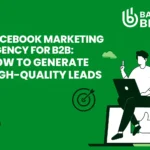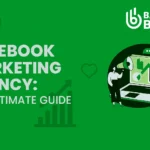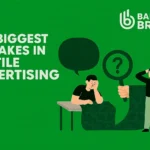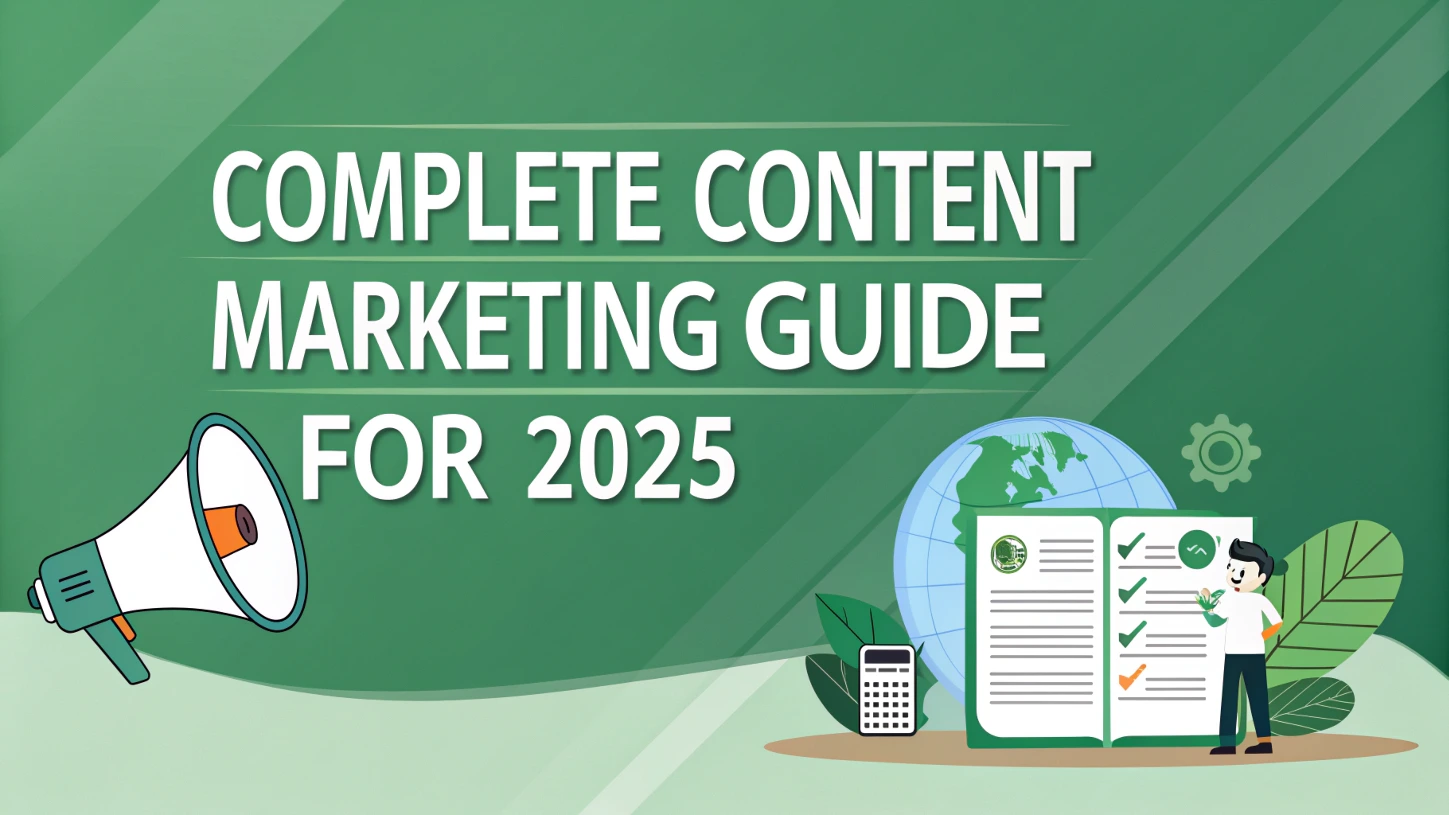
Table of Contents
Summary
Content marketing allows companies to engage with their audience, establish trust, and provide value to potential customers through blogs, videos, social media, podcasts, and email. Content has the potential to decrease customer acquisition costs, improve lead quality, and create a flow of potential buyers over time. By sharing valuable and relevant information, brands can develop new customers and enhance loyalty toward the brand. Badiya Brand provides expert assistance to amplify your content marketing strategy for better results.
Introduction
Content marketing is a great way to get potential customers familiar with your brand. The ‘content’ in content marketing can be a video, blog post, podcast, or a social media post. When potential customers do their research prior to purchasing products or services, it is highly likely that they will come across content of yours before any purchasing decision.
If they find your content valuable, they will be more likely to trust your brand and eventually purchase your products or services when they are ready to buy.
Not every content marketing strategy works the same way—some are much more effective than others.
You need to understand what difficulties your prospective clients are searching, what makes a content piece convert, which content platforms they’re using, and how to partner with platform algorithms so you get in front of your prospective clients.
To help you develop and implement a relevant content marketing plan, here’s a full content marketing guide for 2024.
What Is Content Marketing?
Content marketing is another way of considering inbound marketing, combining useful or entertaining content (usually text, video, or audio) to attract users to your brand. Content marketing is useful to businesses because it helps to make strong relationships and trust with your potential customers and existing customers, at scale.
The result is that it is easier to sell your products faster.
The measurement of Content ROI is notoriously difficult as it’s generally just one point in the customer journey – however, brands that have a robust content marketing strategy have lower customer acquisition costs, and enjoy compounding returns.
Content marketing is also incredibly snowball-like, in that those who utilize content marketing to build an audience will see improvements on their return with each unit of content they publish.
How Does Content Marketing Work?
Great content marketing is about attracting people to your brand.
You create a video, a podcast, or a blog post. They consume that piece of content and get to know your brand voice because they care about the topic at hand.From that point on, you have that person’s attention. You can build a trusted relationship, and ultimately sell them products and services.
If you are interested in getting some content marketing and SEO services, consider Copyblogger’s agency Digital Commerce Partners. We focus on providing profitable businesses with targeted organic traffic.
4 Ways Content Marketing Can Help Your Business
It’s needless to say that businesses with strong content marketing strategies have an unfair advantage over their competitors for a number of reasons. Here we’ll cover some of the differences.
1. Lower Customer Acquisition Cost:
Creating quality content is not free, but you are going to see an increasing ROI on each piece of content you create because you are going to grow your audience.
There is a snowball effect.
Your first video, blog, or social media post might only reach some readers or viewers, but as more and more people discover your content and follow you, each sequential piece of content you publish will reach more and more viewers and have a greater ROI. So unlike paid ads where you and your competitors likely earn a similar ROI for every dollar spent, brands with effective content marketing strategies that have large audiences can make astronomically more for each content piece published.
2. Improve Lead Quality
A primary benefit of content marketing is that you can filter the customers you attract through the content you create.
For example, say you are targeting only CMOs. You can create content that relates only to what a CMO would be interested in, and can be solely focused on hiring top talent. you might even offer CMOs nothing but access to industry benchmarks and exclusive reports.
Unlike paid ads, which line up multiple buyers your price discounting competitors on the platforms, and force you to trust that the platforms are correctly identifying your audience. With increasing privacy over personal data and less accurate targeting, these platforms are delivering little return.
3. Build a Stable Lead Pipeline
Content marketing has a flywheel effect and delivers greater gains over time – particularly when you create evergreen content. Evergreen content (relevant for years) can continue to produce returns even years after its publication.
As a result, even if you stop producing content for some time, you will most likely still have a steady stream of leads coming from your evergreen content.
4. Increase Customer Retention and Loyalty
Content marketing is basically a cheat code for building trust with potential customers, at scale.
The more they relate to your brand’s views and persona, the easier it is to trust your brand and the more likely they will continue to buy from your brand.
Forms of Content Marketing
Content marketing can come in many forms through a variety of platforms, but the most typical types of content marketing would be:
- Long-form text (Blog posts, white papers, case studies, etc.)
- Social Media Posts
- Video Content
- Podcasts
- Emails
We will discuss each of these (or a least most of these here) in this section in detail and when you should use these.
Long Form Written Content (Blogs, White Papers, Research, etc.)
Most B2B and many B2C companies and local businesses, the bread-and-butter of the content marketing strategy depends on blogging. Blogging is important because it can allow you to rank in the search engines for terms your ideal customer may be searching on.
For instance, if you are selling CRO software and you sell CRO software and you can rank first in Google for “best CRO software”, you will be generating great leads because they are searching for what you are providing because they are clearly looking to buy a product like yours.
The term for what we are ultimately doing when we optimized blog posts so they rank 1st in Google is SEO (search engine optimization).
While blog posts will generate organic visitors to your site, smart marketers understand that they also need to provide a next step to get the visitor to move along the buyer journey and into a customer.
And so, in the usual smart content marketer way, when a blog post includes a call to action to download a lead magnet, like a white paper or research study in exchange for their email address, the savvy marketer can then retarget this email address with additional value offers to move this prospect further along in the marketing funnel.
Furthermore, one of the big benefits of long-form content like blog posts, is that they often provide compounding results as long as the content is “evergreen” (or updated every couple of years).
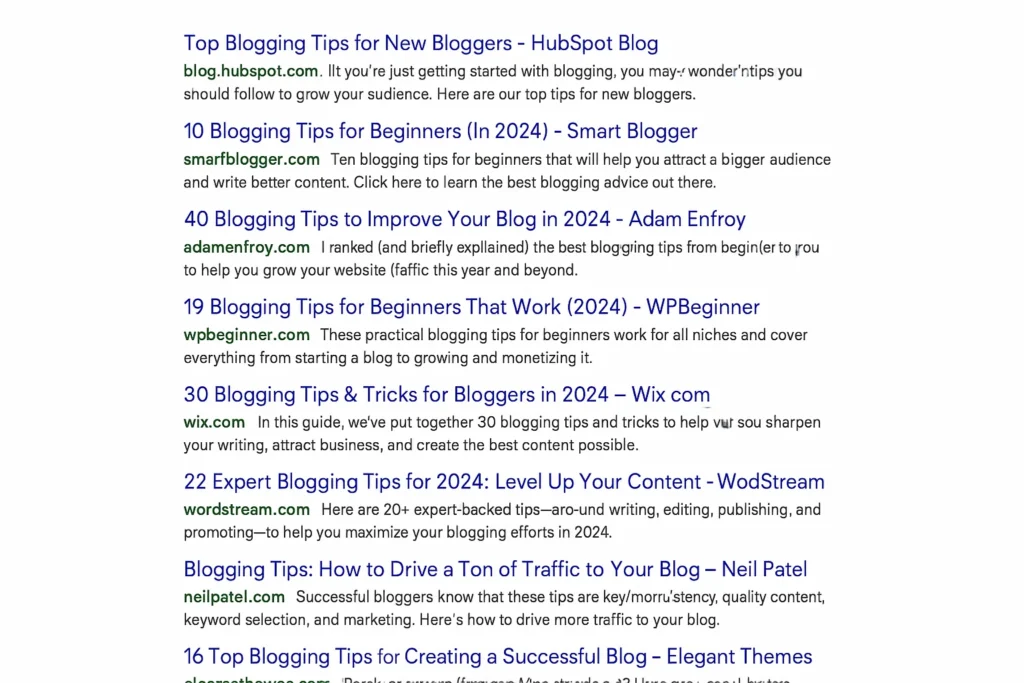
Social Media Posts
Social media content is great for awareness, and for many brands (especially B2C) social media is key to audience building.
Social media marketing is also growingin popularity for B2B brands as more people are turning to individual thought leaders for professional advice and industry news.
Even LinkedIn’s revenues are a strong indicator on the rise of B2B social media. For example, LinkedIn’s 2022 revenue jumped 26.2% to $14.5 billion the largest percentage growth in the past three years.
One of the nice things with social media marketing is relationships can be developed faster because social media is a personal form of content marketing.
One of the negatives is social media content isn’t evergreen and a winning social media strategy is often about publishing a large volume of high quality content. That can be difficult, because its even more important to publish high quality content that readers will consume.
Video Content
Video content is becoming more popular in B2B and B2C content marketing strategies, as recording video of high quality is easier than ever with only a simple iPhone.
It is also easier to quickly relate to an audience if they can see and hear you, as body language is likely to create trust in a person.
Video content is also great for content recycling because one video may be repurposed into podcast episodes, social media clips, a series of emails, or blog posts in the future.
The disadvantage with video content is that the best video content is about a person, so it may not be suitable if the company has no personnel that would be willing to be on camera. Also, that person will become the face of the brand. If that face leaves the company, the audience may leave too.
Podcasts
The number of podcast listeners (and podcasters) is larger than ever before. Despite the competition, establishing a podcast is a strong way to grow your audience.
Your audience can become unbelievably loyal very quickly when people hear your voice and stories repeatedly. Podcasters benefit from high audience retention because, unlike other types of content marketing, podcast audience members are passively consuming your content. This means they might listen to your podcast while doing other things, like driving or at the gym, while with video content or other articles/blog posts, you have to have their undivided attention.
Podcasts probably become part of a person’s routine, which makes them sticky. For example, they listen to your podcast during their commute to work or while they work out.
Like video content, the downside of podcast content is that you will likely lose your audience, if the podcast host chooses to leave your company.
Email Marketing
Email marketing is one of the best forms of content because, unlike social media and blogs, it’s the only platform you can own completely.
Email marketing is also a critical aspect of performance marketing for e-commerce companies.
For example, a social media platform can change their algorithm and you could lose access to your audience. A Google algorithm update can bury your blog content which would cause you to lose organic traffic.
However, when someone provides you with their email address, you own that list, and you can retarget those emails until they unsubscribe because you are not reliant on a platform.
An additional benefit of email marketing is that the people on your email list showed enough interest in your company to provide you with their email addresses, therefore making them higher-quality proposals.
Conclusion
Content marketing is a great way to build trust, engage your audience, and grow your business for the long term. By using blogs, videos, social media, podcasts, and email, you add value for your customers at every stage. So, are you ready to take your content marketing plan to the next level? Let Badiya Brand help you connect with more people and create a real return on your investment contact us today!
